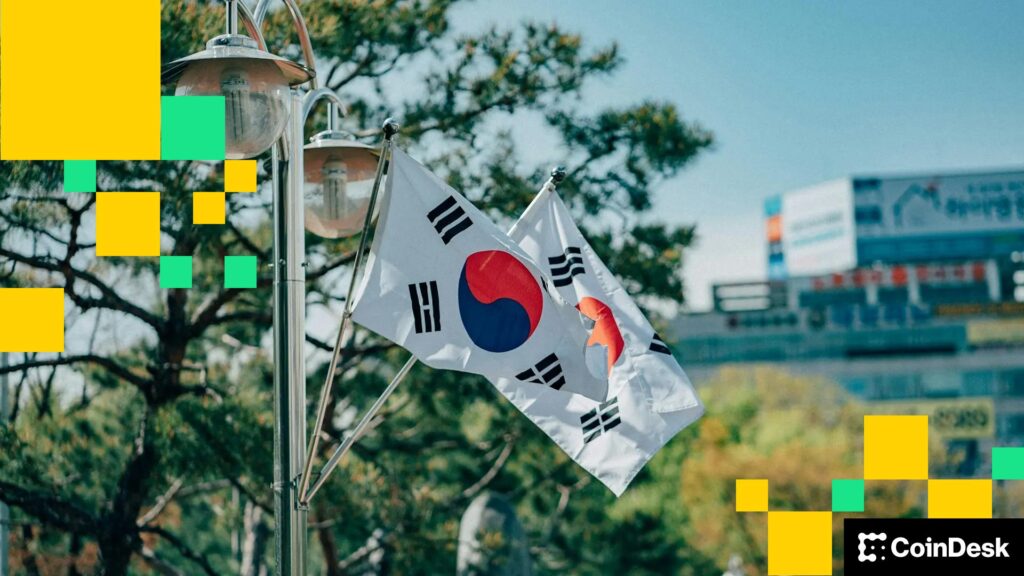For years, South Korea was the global heartbeat of crypto speculation. It became the place where digital coins traded at a premium and where retail investors moved markets overnight. “Kimchi Premium” became shorthand for a national obsession: widespread and frenetic trading activity unmatched by any region across the globe.
But at the end of 2025, history has turned. The same traders who once chased the next altcoin gem on Upbit are now glued to Korean stock tickers, swapping meme tokens for memory chips and high-bandwidth semiconductors. The crypto charts have gone silent – and a new speculative engine has taken their place.
A market fell silent
Once the undisputed hub of Korean cryptomania, Upbit is now trading at a fraction of its former pace. Average daily volumes have dropped nearly 80% from a year ago, falling from around $9 billion in late 2024 to just $1.8 billion in November 2025. Bithumb, Korea’s second-largest exchange, has suffered a similar fate, losing more than two-thirds of its liquidity in the same period, according to reporting from Wu Blockchain.
What was once a nightly national pastime, the endless stream of small-cap coins and chatroom rumours, has disappeared. Even volatility has collapsed. Where daily volumes once fluctuated wildly between $5 billion and $27 billion, 2025’s trading band has flattened to a subdued $2 to $4 billion range.
Data from the analytics provider Dune show that the decline in activity has intensified compared to 2018, when Korean exchanges at the peak of the mania facilitated 280,000 deposits per day; the daily number has not exceeded 50,000 since 2021.
The emergence of a new occupation
The vacuum left by crypto didn’t last long. Retail investors simply migrated to another table – the Korean stock market, which has staged one of the most explosive rallies in its history.
The KOSPI index is up more than 70% year-to-date and has set a number of record highs. In October alone, it posted its strongest monthly gain since 2001, rising 21% and setting 17 new intraday records. The frenzy has been led by AI-connected giants such as Samsung Electronics and SK hynix, whose combined daily turnover now accounts for more than a quarter of the entire stock exchange.
In a country that once traded crypto as a sort of collective hobby, the psychology feels familiar. The same spirit of retail speculation has resurfaced, only this time wearing the garb of semiconductor stocks. Data reported by the Korea Times showed that the number of active merchant accounts in the nation jumped from 86.57 million at the turn of the year to 95.33 million as of the end of the year. 31 October.
Retail euphoria rubs off on stocks
Unlike the meme-driven altcoin rallies of old, Korea’s stock boom has a more tangible backbone. AI is the global growth story of the decade, and Korea happens to control one of its most critical supply chains.
As Nvidia and AMD fuel much of the world’s demand for AI hardware, Korean firms like SK hynix and Samsung have become indispensable. Their dominance in high-bandwidth memory (HBM), a key component for AI training, has made them national champions.
Add to that a government eager to revitalize domestic markets, and you get what some analysts call a “policy-backed bullrun.” President Yoon Suk Yeol’s administration has pushed reforms to reduce the long-standing “Korea discount” that encourages higher dividends, tighter governance and incentives for domestic retail and institutional investment.
Same spirit, different casino
Speculation in the Korean crypto community was never about restraint; it was all about rhythm and speed. It hasn’t changed. Margin lending is booming again, leveraged ETFs are flying off the shelves, and retail participation has doubled in just one year. According to Bloomberg data, leveraged retail positions now make up nearly 30% of total holdings, with younger traders leading the way.
In other words, the migration from crypto to stocks is not a retreat, it is a redistribution of risk appetite. The Koreans have not given up speculation; they just found a place where the leverage feels legitimate and the upside patriotic.
But this shift has consequences. Without Korean retail as a liquidity anchor, the global crypto markets have lost one of their most consistent buyers. Memecoin rallies that once lit up Korean chatrooms are now moving faster. And the wider market generally needs a spark; bitcoin is currently trading around $100,000 despite hitting an all-time high a month ago, while several altcoins have lost upwards of 20% over the past month.
Waiting for the next spark
Crypto’s “Kimchi Traders” may be gone, but history suggests they won’t be gone forever. When AI trading cools off, which analysts suggest could be on the near horizon, or when the next big crypto story arrives, those same traders could come roaring back, armed with new capital and sharper reflexes.
So far, Korea’s retailers have swapped blockchains for circuit boards and are chasing the same rush in a different arena.



